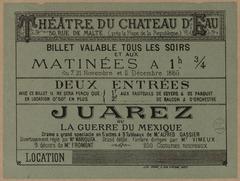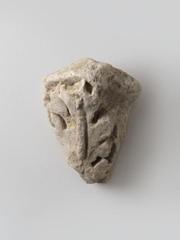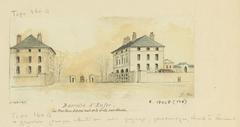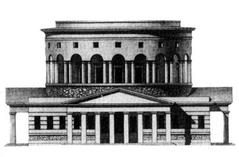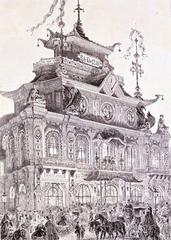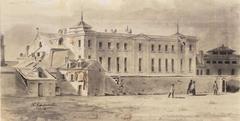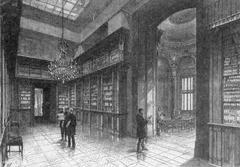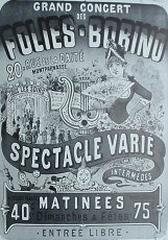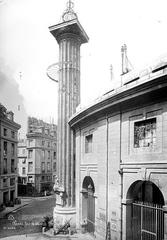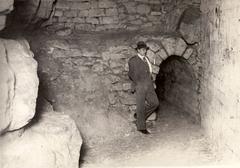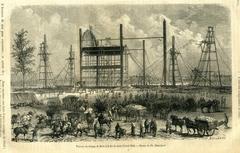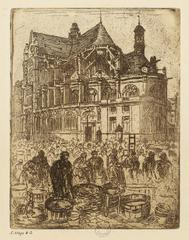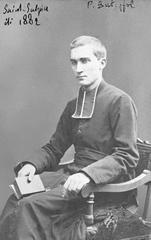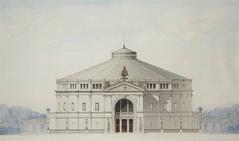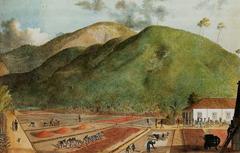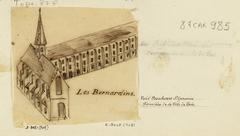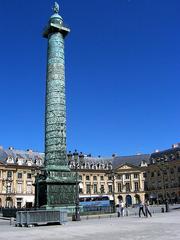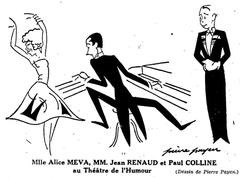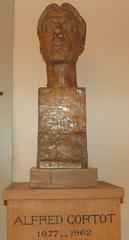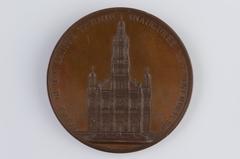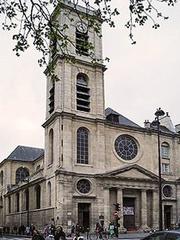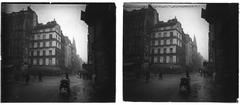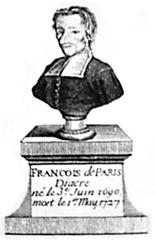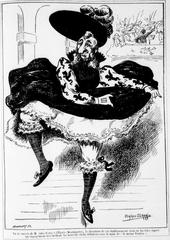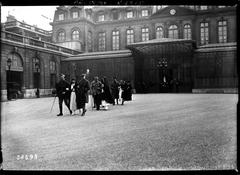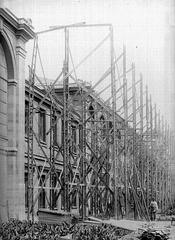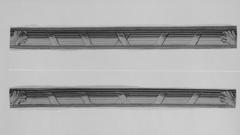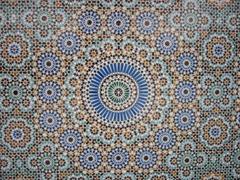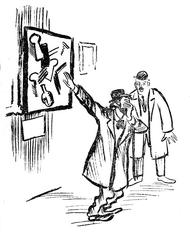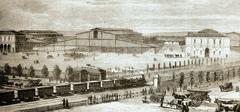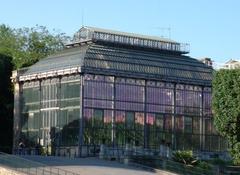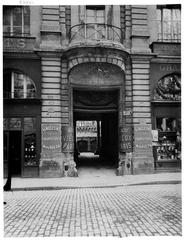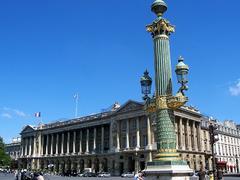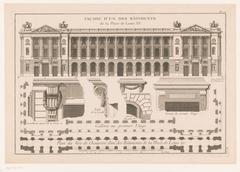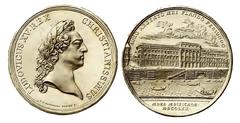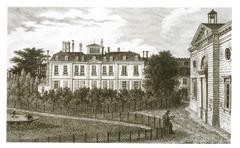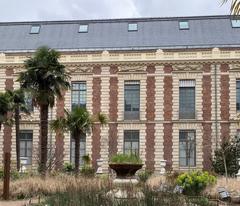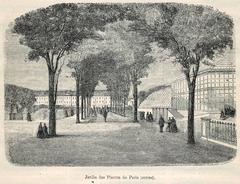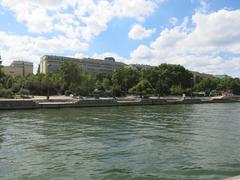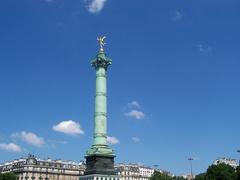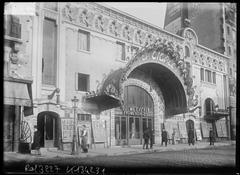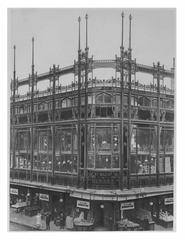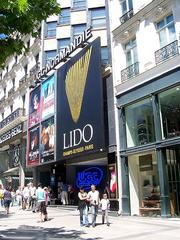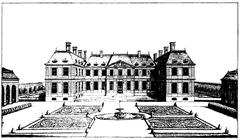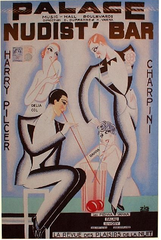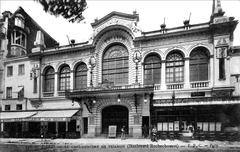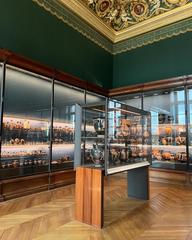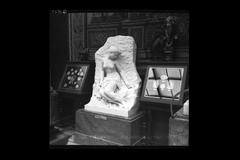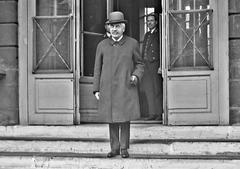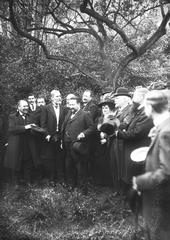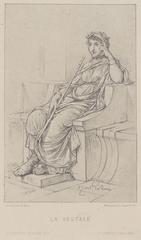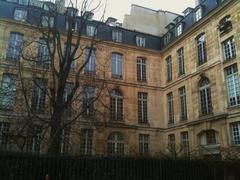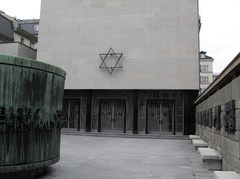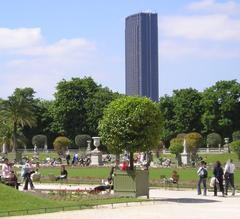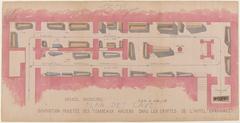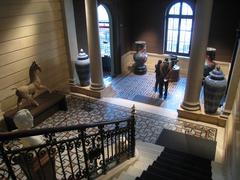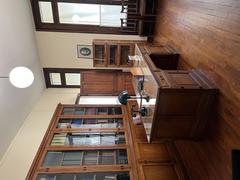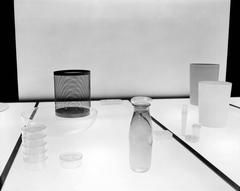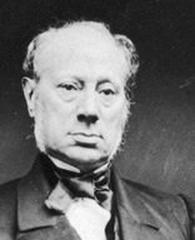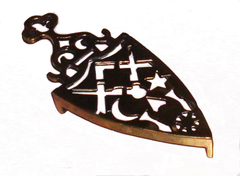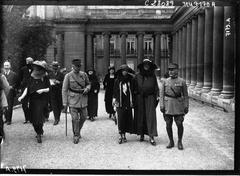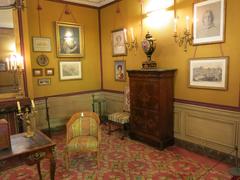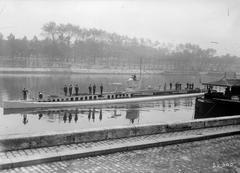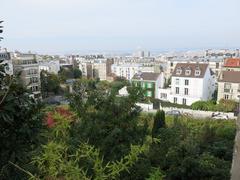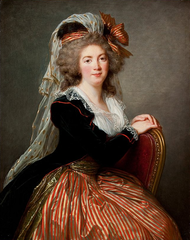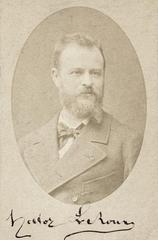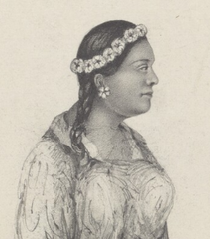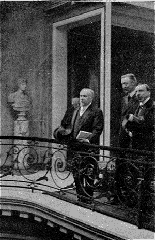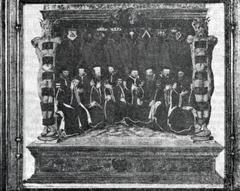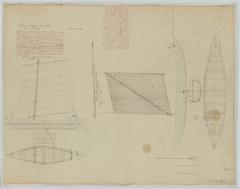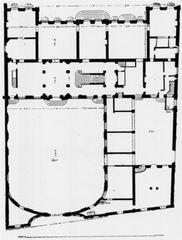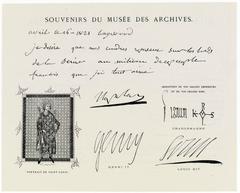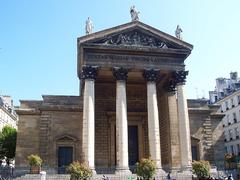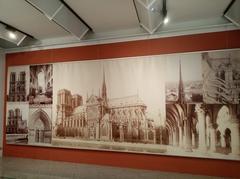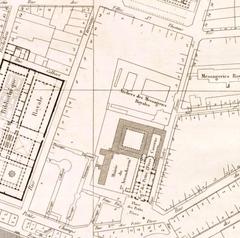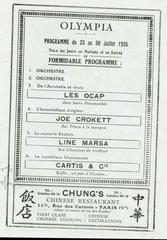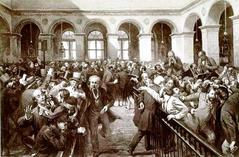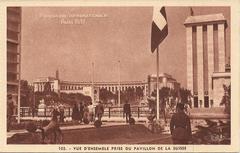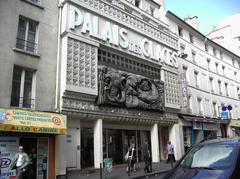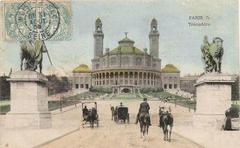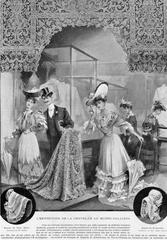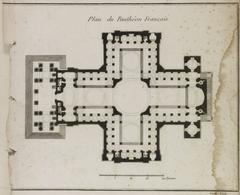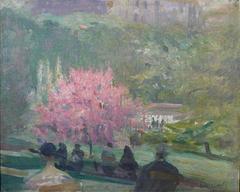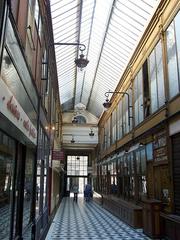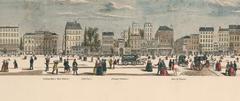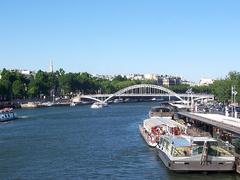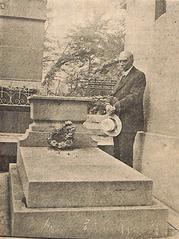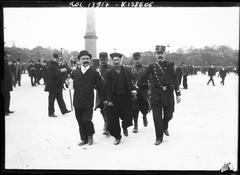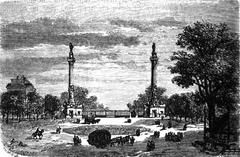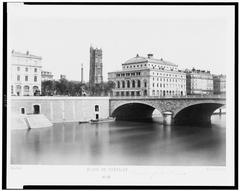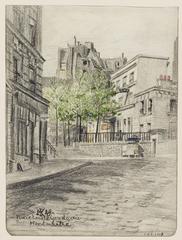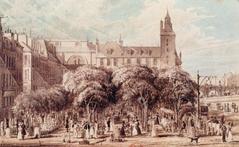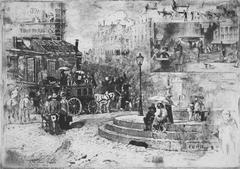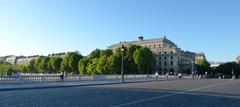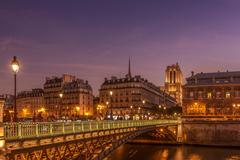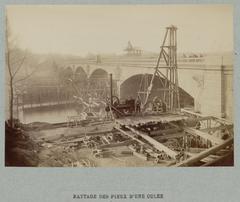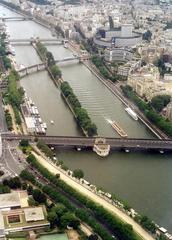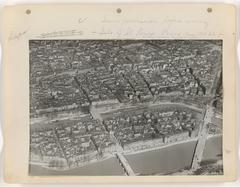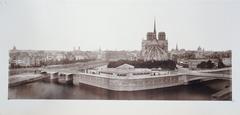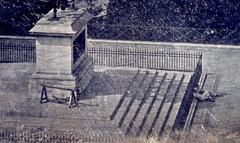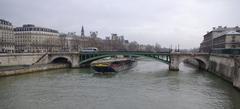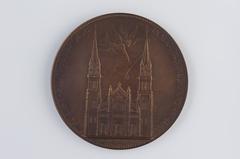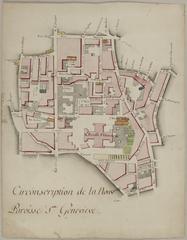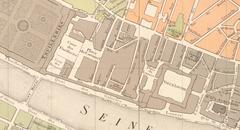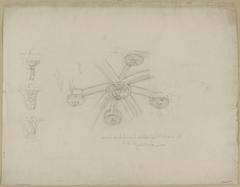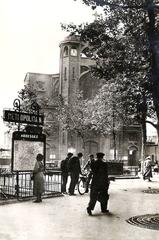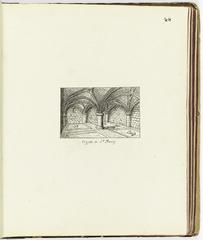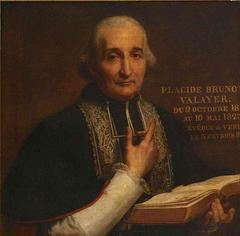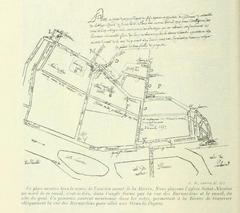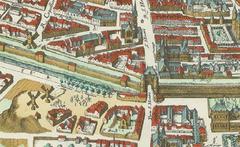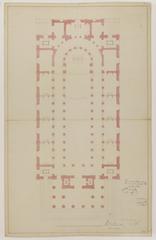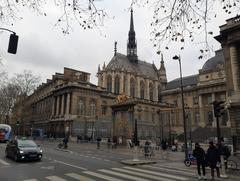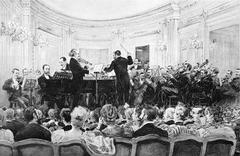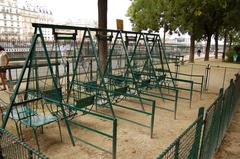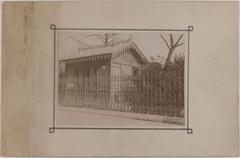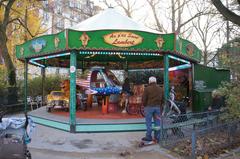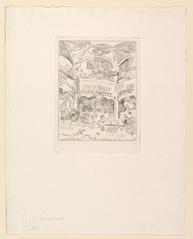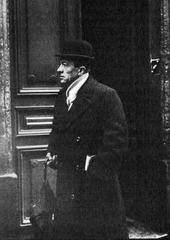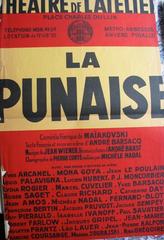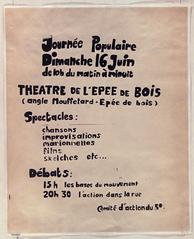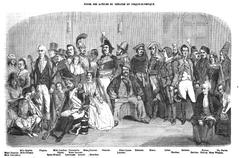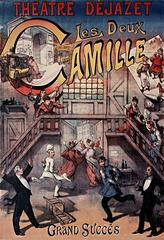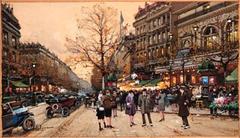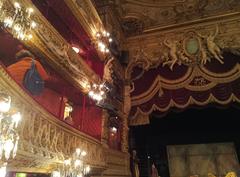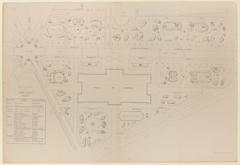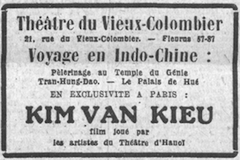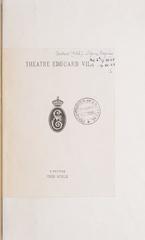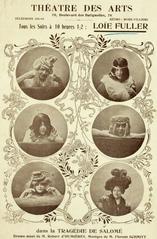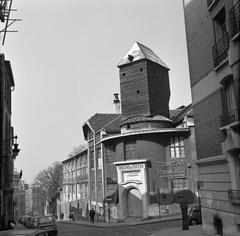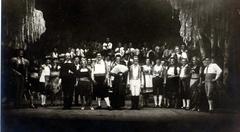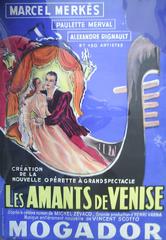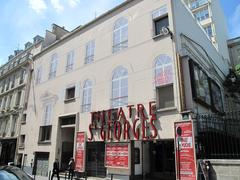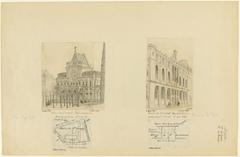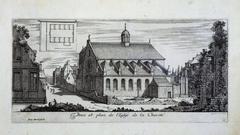Visiting Hours and Tickets for Cour d’Honneur, Paris
Date: 17/07/2024
Introduction to Cour d’Honneur
The Cour d’Honneur, or “Court of Honor,” is an enchanting and historically rich courtyard located within the Palais-Royal complex in Paris, France. Originally constructed in the 17th century by Cardinal Richelieu, the Cour d’Honneur has served as a grand entrance to a palace that has witnessed numerous pivotal moments in French history. From its opulent beginnings as a residence for royalty to its role as a hotbed of revolutionary activity, the Cour d’Honneur encapsulates the dynamic evolution of Parisian culture and politics (Palais-Royal History). Today, it stands as a testament to the city’s blend of classical architecture and modern art, offering visitors an unparalleled cultural experience. The courtyard is particularly noted for the installation of “Les Deux Plateaux,” a modern art piece by Daniel Buren, which juxtaposes strikingly with the classical architecture surrounding it (Les Deux Plateaux). This guide aims to provide comprehensive information on the Cour d’Honneur, including its historical significance, visiting hours, ticket information, travel tips, and nearby attractions, ensuring a well-rounded and enriching visit.
Contents
- Introduction
- History of Cour d’Honneur
- Origins and Early Development
- Architectural Evolution
- The Revolution and Beyond
- 19th and 20th Century Changes
- Contemporary Significance
- Preservation Efforts
- Visitor Information
- Visiting Hours and Tickets
- Travel Tips and Accessibility
- Special Events and Guided Tours
- Nearby Attractions
- FAQ Section
- Conclusion
History of Cour d’Honneur
Origins and Early Development
The Cour d’Honneur, or “Court of Honor,” is an integral part of the Palais-Royal complex in Paris, France. The Palais-Royal itself was originally constructed in 1629 by Cardinal Richelieu, who intended it to be his personal residence. Upon Richelieu’s death in 1642, the palace was bequeathed to King Louis XIII, and it subsequently became the residence of the young King Louis XIV and his mother, Anne of Austria. The Cour d’Honneur was designed as a grand entrance courtyard, reflecting the opulence and power of its inhabitants (Palais-Royal History).
Architectural Evolution
The Cour d’Honneur has undergone several transformations since its inception. The original design by Jacques Lemercier featured classical French architecture with symmetrical layouts and ornate decorations. In the late 18th century, the Palais-Royal and its courtyard were extensively remodeled by Louis-Philippe II, Duke of Orléans. Architect Victor Louis was commissioned to redesign the complex, adding the famous arcades and galleries that surround the courtyard today. This renovation aimed to make the Palais-Royal a center of social and commercial activity, aligning with the Enlightenment ideals of public space and accessibility (Victor Louis’ Work).
The Revolution and Beyond
The Cour d’Honneur played a significant role during the French Revolution. The Palais-Royal became a hotbed of revolutionary activity, with its gardens and arcades serving as meeting places for political agitators and intellectuals. Camille Desmoulins famously incited the storming of the Bastille from the gardens of the Palais-Royal on July 12, 1789. The Cour d’Honneur, as the main entrance, witnessed the comings and goings of many key figures of the Revolution (French Revolution).
19th and 20th Century Changes
In the 19th century, the Cour d’Honneur and the Palais-Royal complex continued to evolve. Under the Second Empire, the Palais-Royal was restored and modernized. The courtyard remained a focal point, with its classical architecture preserved and enhanced. During the 20th century, the Cour d’Honneur saw less dramatic changes but continued to be a significant cultural and historical site. It was during this period that the courtyard began to be recognized not just for its historical significance but also for its architectural beauty (Second Empire).
Contemporary Significance
Today, the Cour d’Honneur is a celebrated historical and cultural landmark in Paris. It is part of the Ministry of Culture and is often used for official ceremonies and cultural events. The courtyard is also home to the famous art installation “Les Deux Plateaux,” commonly known as the Colonnes de Buren, created by artist Daniel Buren in 1986. This modern art piece consists of black-and-white striped columns of varying heights, which contrast strikingly with the classical architecture of the courtyard. The installation has been both celebrated and controversial, symbolizing the ongoing dialogue between tradition and modernity in French culture (Les Deux Plateaux).
Preservation Efforts
Preservation of the Cour d’Honneur has been a priority for French cultural authorities. The site is protected under French heritage laws, and any renovations or changes are carefully monitored to ensure they respect the historical integrity of the space. Recent efforts have focused on maintaining the structural stability of the buildings surrounding the courtyard and preserving the original architectural details. These efforts ensure that the Cour d’Honneur remains a testament to the rich history and cultural heritage of Paris (French Heritage Laws).
Visitor Information
Visiting Hours and Tickets
The Cour d’Honneur is open to the public daily from 8:00 AM to 8:00 PM. Admission is free, making it an accessible and budget-friendly destination for tourists. It is advisable to check the official Palais-Royal website for any changes in visiting hours or special closures. For more details, visit the Palais-Royal website.
Travel Tips and Accessibility
The Cour d’Honneur is located in the 1st arrondissement of Paris, easily accessible by public transportation. The nearest metro stations are Palais Royal – Musée du Louvre (Lines 1 and 7) and Pyramides (Lines 7 and 14). The courtyard is wheelchair accessible, with smooth pathways and ramps for easy navigation.
Special Events and Guided Tours
The Cour d’Honneur hosts various official ceremonies and cultural events throughout the year. Guided tours are available, providing in-depth historical context and insights into the architectural features of the courtyard and the Palais-Royal complex. These tours are a great way to enhance your visit and gain a deeper understanding of the site’s significance. Check the events calendar for upcoming events.
Nearby Attractions
While visiting the Cour d’Honneur, be sure to explore other nearby historical sites and attractions. The Louvre Museum, Tuileries Garden, and the historic Rue Saint-Honoré are all within walking distance. These sites offer additional cultural and historical experiences, making for a well-rounded day of exploration in Paris.
FAQ Section
Q: What are the visiting hours for the Cour d’Honneur?
A: The Cour d’Honneur is open daily from 8:00 AM to 8:00 PM.
Q: Is there an admission fee to enter the Cour d’Honneur?
A: No, admission to the Cour d’Honneur is free.
Q: How can I reach the Cour d’Honneur by public transportation?
A: The nearest metro stations are Palais Royal – Musée du Louvre (Lines 1 and 7) and Pyramides (Lines 7 and 14).
Q: Are guided tours available at the Cour d’Honneur?
A: Yes, guided tours are available and provide detailed historical context and insights.
Q: Is the Cour d’Honneur wheelchair accessible?
A: Yes, the courtyard is wheelchair accessible with smooth pathways and ramps.
Conclusion
The Cour d’Honneur stands as a symbol of the historical and cultural evolution of Paris. From its origins as a grand entrance to a cardinal’s palace to its role in the French Revolution and its contemporary status as a cultural landmark, the courtyard encapsulates the dynamic history of the city. Preservation efforts ensure that future generations can continue to appreciate this remarkable site. Be sure to visit the Cour d’Honneur, explore its rich history, and enjoy the unique blend of classical architecture and modern art. For more updates, download the mobile app Audiala, check out related posts, and follow us on social media.

